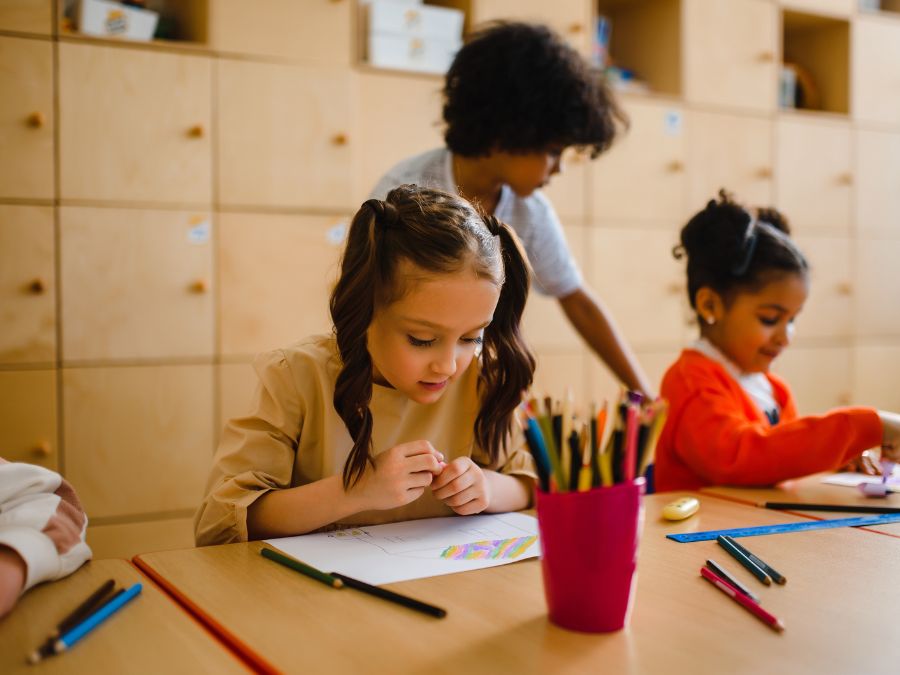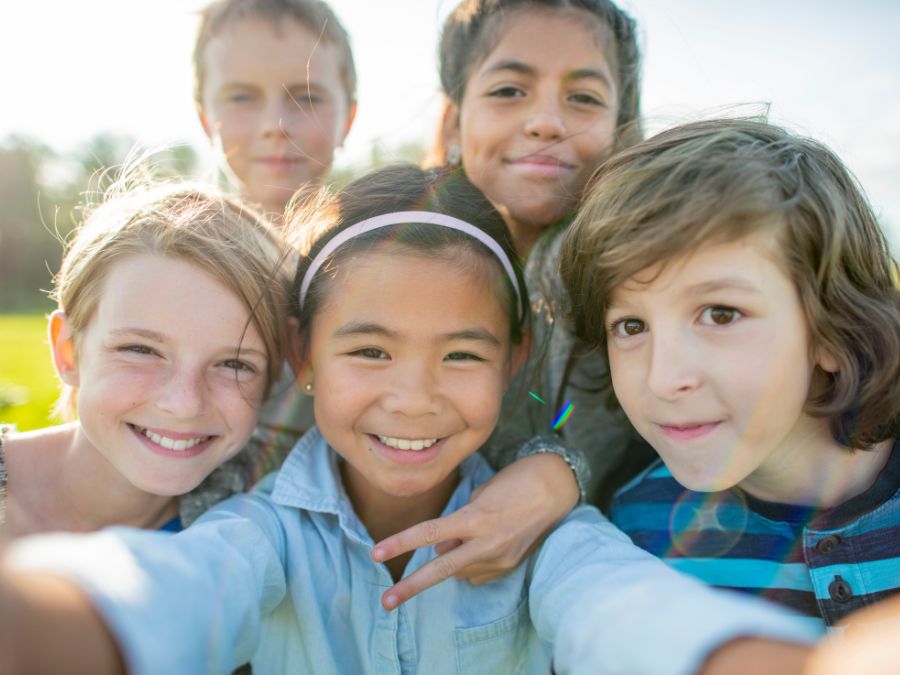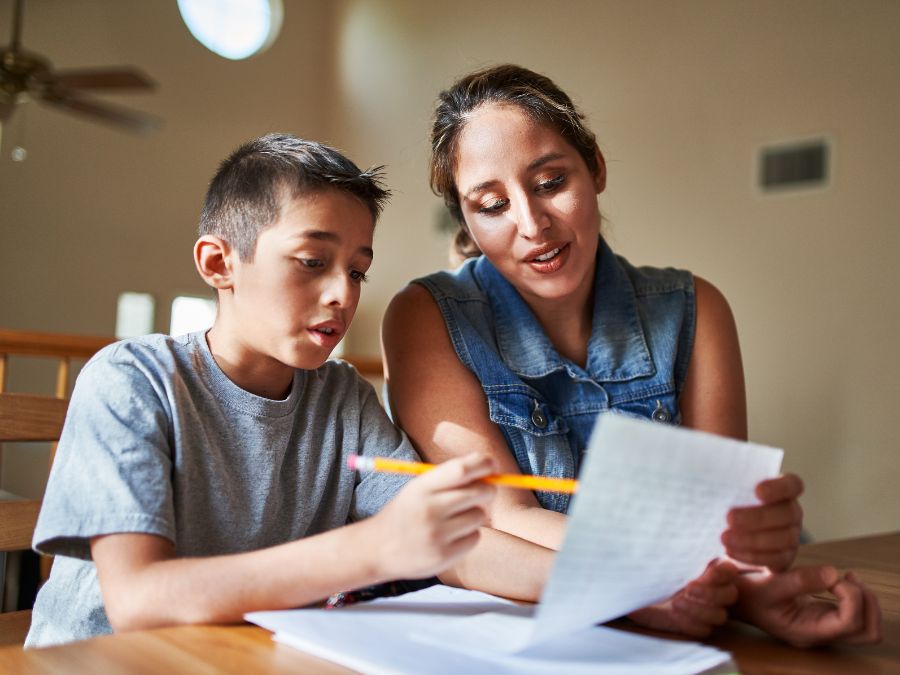
New resources centered on promoting positive childhood experiences for students
Just in time for the back-to-school season, the HOPE National Resource Center released a new collection of resources: HOPE for Educators toolkit. These resources help educators, school staff, and administrators in the K-12 education field promote more positive childhood experiences (PCEs) for their students.
This toolkit was made possible with the help of our summer intern, Ajay Ananthakrishnan, as well as HOPE Facilitators and Champions across the country who are implementing the HOPE framework in school settings. We also asked our Family and Community Experts of HOPE (FACEs) sub-committee, a group of lived experience experts, for review and feedback.
The HOPE framework can create positive changes in the classroom and beyond
Research shows that PCEs promote health and wellbeing as children grow into adults. The more PCEs a child has, the better their adult outcomes become later in life.
The HOPE (Healthy Outcomes from Positive Experiences) framework is centered around promoting the four key types of PCEs we call the Four Building Blocks of HOPE: relationships, environment, engagement, and emotional growth. Students spend a lot of their time in school, and HOPE helps educators and staff create more PCEs in the classroom and beyond.
The HOPE for Educators toolkit contains nine resources to help with de-escalation in the classroom and to promote PCEs through activities, handouts, and the physical set-up of the classroom.
We are excited to highlight the following new resources exclusive to this toolkit.
New resources: Bring HOPE to your classroom
Bringing HOPE to the Classroom
When thinking about how to decorate your classroom and how to get to know your students, consider incorporating the HOPE framework. This resource shares 10 tips to add HOPE and the Four Building Blocks to the classroom, even before students arrive.
Children and youth spend most of their time in classrooms, and educators can promote strong relationships, safety and stability, engagement within the class, and offer space to grow – intellectually and emotionally.
11 ways to help children return to calm
When children are faced with overwhelming feelings in ‘the moment’, they may experience emotional dysregulation. This means that their emotional response does not match the situation. For example, a child might shout angrily because they cannot tie their shoes or hide under a desk and cry because they feel nervous about school.
In contrast, emotional regulation is when children can manage their feelings and respond appropriately. Co-regulation happens when a supportive adult or peer helps a child calm down and regain control of their emotions.
This resource offers strategies in four different stages: preventing ‘the moment’, what to do before ‘the moment’, during ‘the moment’, and after ‘the moment’. These are general suggestions, as each child is different.
How to stay calm in the classroom during conflict and chaos
Staying calm during times of conflict and chaos in the classroom can be challenging. When we lose our cool, it can escalate and complicate situations.
This resource was made for educators, sharing tips to better keep yourself grounded and calm during stressful moments before, during, and after conflict has arisen. Learn ways to stay regulated or recover from being dysregulated.
Promoting PCEs together
At the HOPE National Resource Center, we always remind ourselves and our partners that “it takes a village” to promote PCEs and the HOPE framework everywhere and everything we do with children and their families.
We invite educators to use this toolkit as a starting point in creating positive changes in the classroom. We also encourage staff and administrators to use this toolkit to lay the groundwork for an internal culture of HOPE where staff and parents can also experience positive changes!


